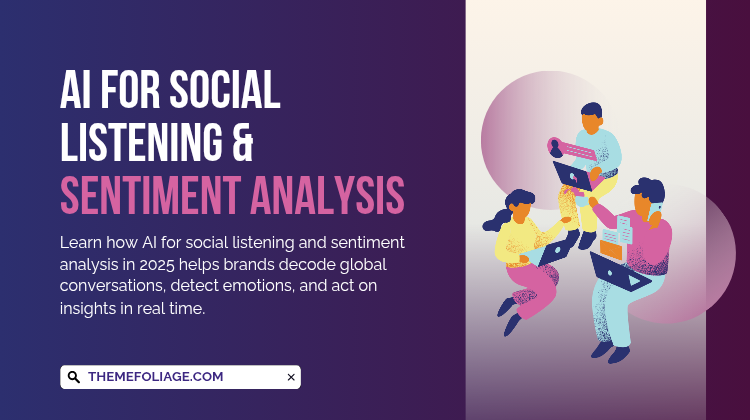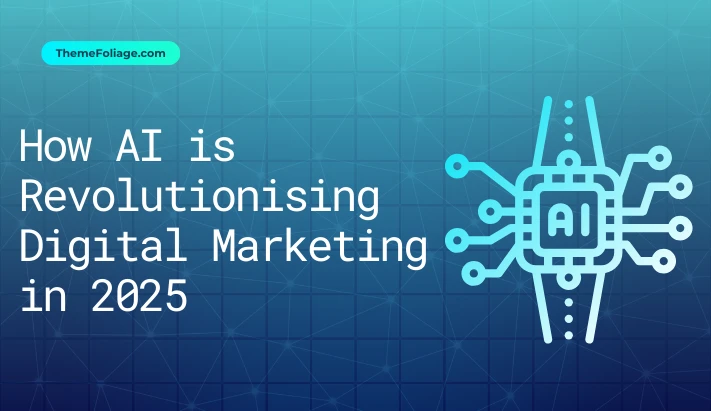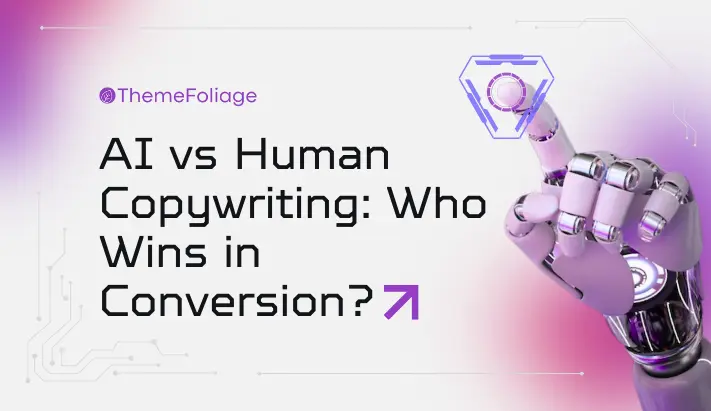For years, marketers have known the value of “listening” to their audiences online. But in 2025, social listening has evolved far beyond keyword tracking.
With AI, brands can now decode not just what people are saying, but how they feel, even when sarcasm, emojis, or cultural nuance are involved.
Instead of manually combing through mentions, AI-powered platforms scan millions of posts across social networks, forums, blogs, and even video or audio content. They don’t just count mentions, they interpret tone, cluster emotions, and surface trends before they go viral.
Why It Matters
Real-time reputation management: Spot brewing crises before they explode.
Emotion-aware insights: Go beyond “positive/negative” to detect frustration, excitement, confusion, or delight.
Competitive intelligence: Benchmark sentiment against rivals and uncover whitespace opportunities.
Product innovation: Identify unmet needs and feature requests hidden in customer chatter.
Global reach: Analyse conversations across languages and cultures with localisation-aware AI.
How AI Powers Social Listening
Contextual sentiment analysis: Detects sarcasm, irony, and emoji-driven tone.
Emotion clustering: Groups feedback into themes like “shipping frustration” or “product excitement.”
Multimodal listening: Recognises brand mentions in images, video captions, and even audio transcripts.
Predictive trend spotting: Forecasts which topics are gaining traction before they peak.
Noise reduction: Filters irrelevant chatter so teams focus on actionable insights.
Use Cases Across Industries
- E-commerce: Spot complaints about delivery delays and fix logistics before churn rises.
- Hospitality: Detect guest frustrations in real time and trigger service recovery.
- Tech & SaaS: Capture feature requests and bug frustrations to guide product roadmaps.
- Finance: Monitor sentiment shifts around trust, security, or market volatility.
- Global brands: Track cultural nuances—what’s a joke in one region may be offensive in another.
Tools Leading the Way (verify pricing)
- Brandwatch – advanced emotion clustering and competitor benchmarking
- Talkwalker – image/video recognition and global trend detection
- Hootsuite Insights – integrated listening with campaign management
- Sprinklr – enterprise-grade listening with AI-driven crisis alerts
- Brand24 – real-time monitoring with sentiment tagging for SMBs
Implementation Blueprint
- Define listening goals – brand reputation, competitor tracking, product feedback.
- Set up keyword + entity tracking – include brand names, product lines, executives, and industry terms.
- Enable AI sentiment & emotion analysis – configure models for sarcasm, emojis, and multilingual inputs.
- Integrate with workflows – route negative sentiment to support, product feedback to R&D, and positive buzz to marketing.
- Localise insights – ensure cultural nuance is reviewed by regional teams.
- Measure impact – track sentiment shifts, crisis response times, and campaign lift.
Metrics That Matter
- Sentiment ratio (positive/negative/neutral) over time
- Emotion distribution (frustration, excitement, confusion, delight)
- Share of voice vs. competitors
- Crisis detection speed and resolution time
- Campaign lift from sentiment-driven adjustments
- Global coverage: number of languages/regions monitored
Final Thoughts
AI for social listening and sentiment analysis is no longer optional, it’s the early warning system and opportunity radar for global brands.
By decoding not just words but emotions, companies can respond with empathy, innovate faster, and protect their reputation in real time.
In 2025, the brands that thrive are those that listen deeply, understand context, and act decisively.



